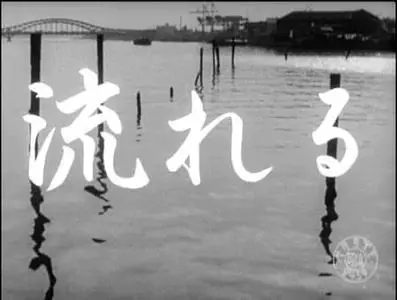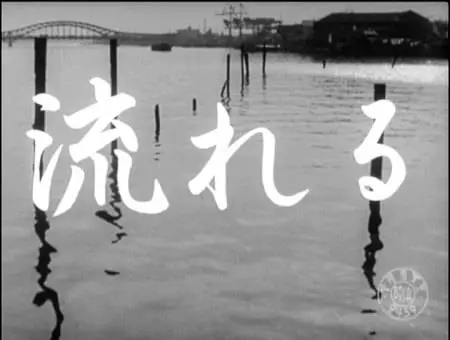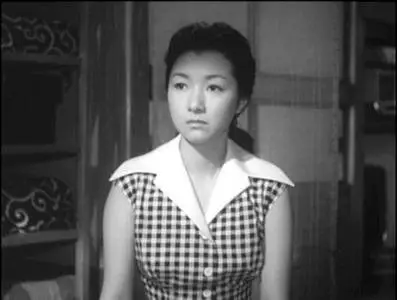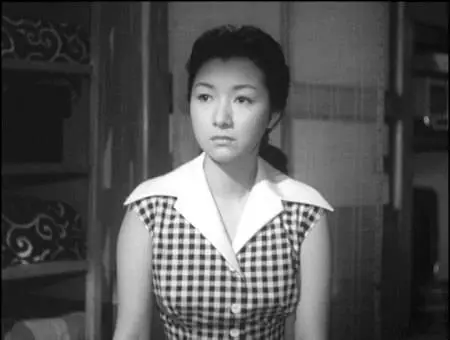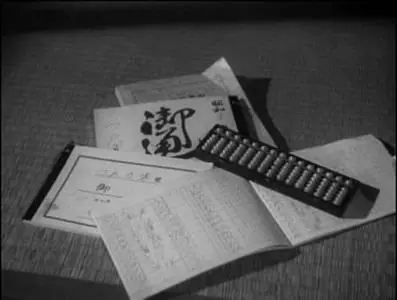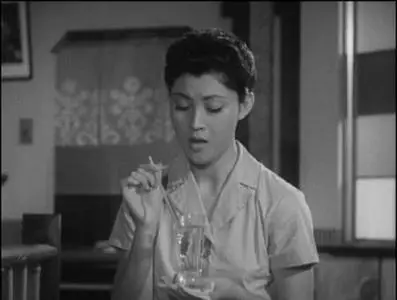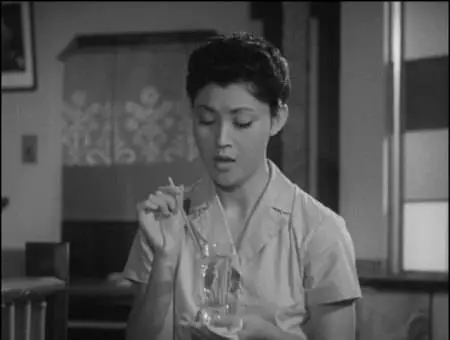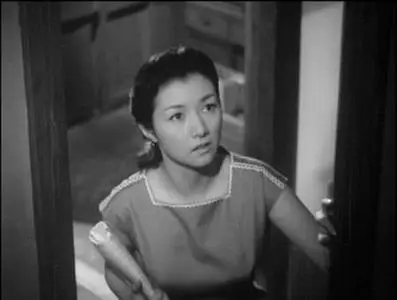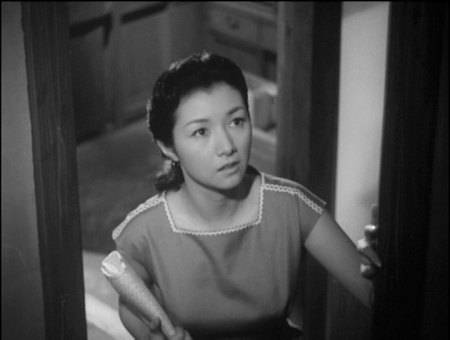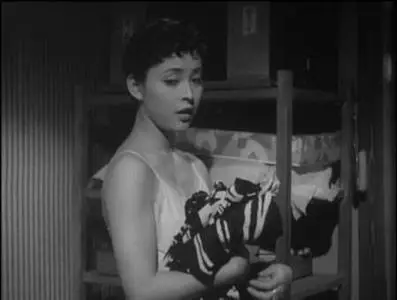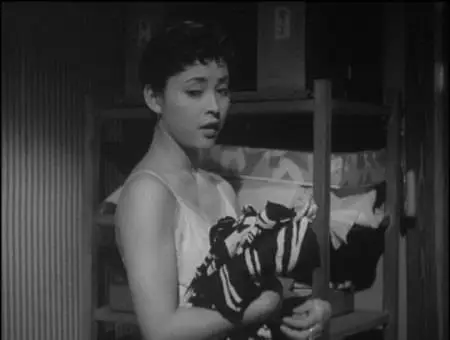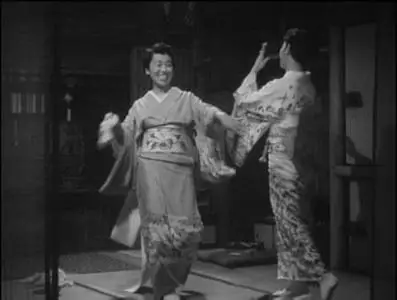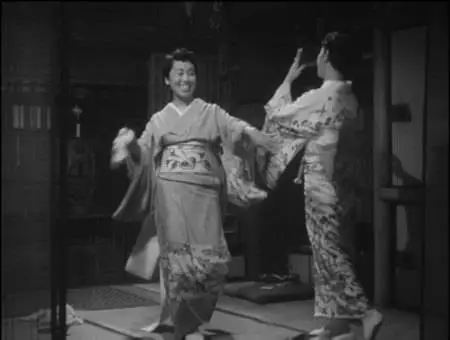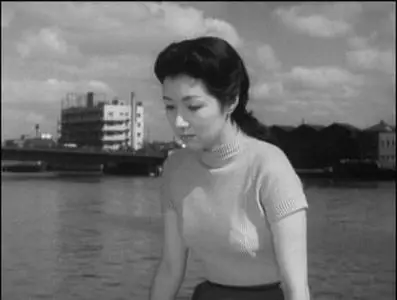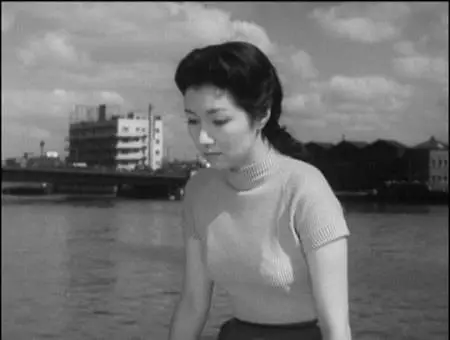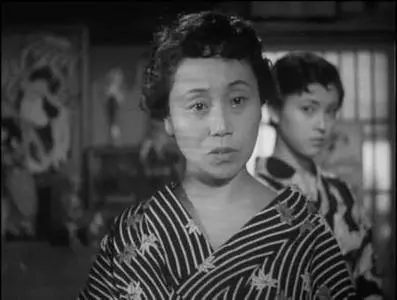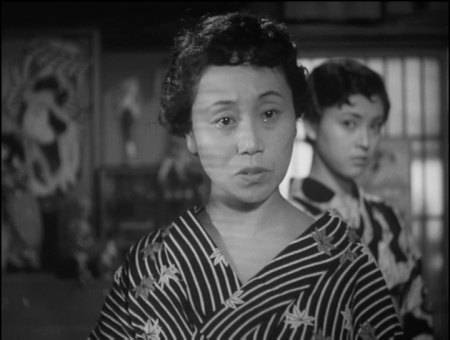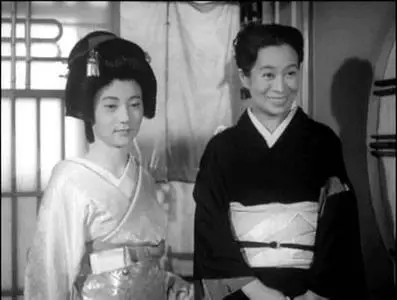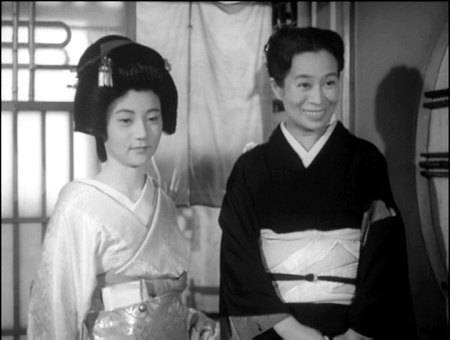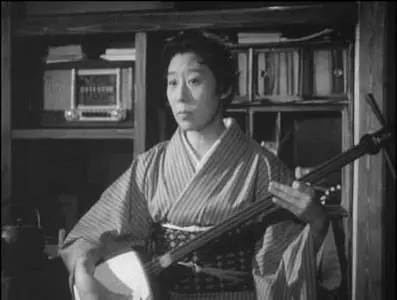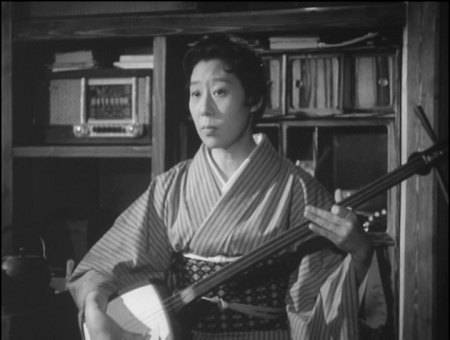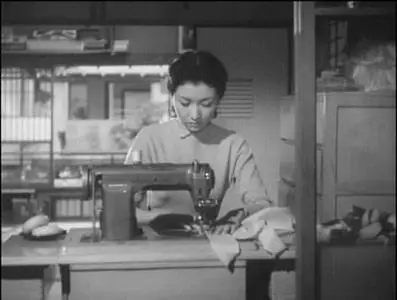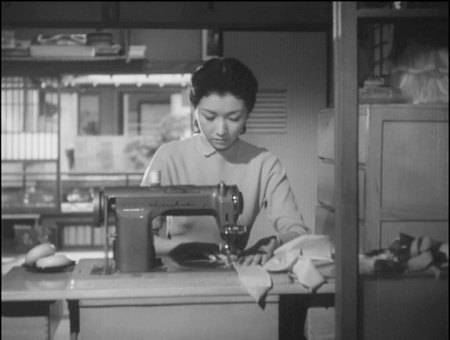Mikio Naruse-Nagareru ('Flowing') (1956)
1462.3 MB | 1:56:44 | Japanese with English s/t | XviD, 1500 Kb/s | 720x544
1462.3 MB | 1:56:44 | Japanese with English s/t | XviD, 1500 Kb/s | 720x544
Directed in 1956, the year that prostitution was outlawed in Japan, Flowing explores the inner workings of a changing world, as traditional geishas faced the impending decline of their hidden way of life and the looming spectre of prostitution. It depicts the story of a widow, Rika (Kinuyo Tanaka), who is forced to work for a living and becomes a maid in a struggling Tokyo geisha house where its proud mistress (Isuzu Yamada) tries to save the house from becoming either a restaurant or a brothel. It is through Rika that we are introduced to the various geishas, who drink and fight, worry over the lack of clients, and attempt to stave off imminent extinction. Based on a book by Koda Aya, Flowing is a showcase for both Naruse’s powers of empathy, and his natural talent in constructing complex female characters on-screen. The result is one of the most innovative and revealing of all geisha films. Eureka Video
Otsuta is running the geisha house Tsuta in Tokyo. Her business is heavily in debt. Her daughter Katsuyo doesn't see any future in her mothers trade in the late days of Geisha. But Otsuta will not give up. This film portraits the day time life of geisha when not entertaining customers. (http://imdb.com/title/tt0049537/plotsummary)
This is a series of vaguely connected episodes set in and around a geisha house. Staff come and go. There are money transactions between everybody. Naruse knows this area to perfection and uses this knowledge and some tremendous actresses to portray both interesting day to day details and some of the major issues. (http://imdb.com/title/tt0049537/usercomments)
Linked themes are the ending both of careers and of businesses in the context of a decline in the popularity of geishas and their traditional entertainment skills in post war Japan. Even less than in other Naruse films, there is little depiction of the geisha with clients and more about their 'off stage' lives. As ever, Naruse's camera-work and editing is tremendous in capturing scenes and actions. (http://imdb.com/title/tt0049537/usercomments)
Rapidshare.com (14 * 100 MB + 62.3 MB)
http://rapidshare.com/files/48813746/Naruse-Flowng.part01.rar
http://rapidshare.com/files/48818969/Naruse-Flowng.part02.rar
http://rapidshare.com/files/48828503/Naruse-Flowng.part03.rar
http://rapidshare.com/files/48832860/Naruse-Flowng.part04.rar
http://rapidshare.com/files/48840087/Naruse-Flowng.part05.rar
http://rapidshare.com/files/48843258/Naruse-Flowng.part06.rar
http://rapidshare.com/files/48854970/Naruse-Flowng.part07.rar
http://rapidshare.com/files/48857573/Naruse-Flowng.part08.rar
http://rapidshare.com/files/48852025/Naruse-Flowng.part09.rar
http://rapidshare.com/files/48865048/Naruse-Flowng.part10.rar
http://rapidshare.com/files/48868937/Naruse-Flowng.part11.rar
http://rapidshare.com/files/48874240/Naruse-Flowng.part12.rar
http://rapidshare.com/files/48878840/Naruse-Flowng.part13.rar
http://rapidshare.com/files/48894642/Naruse-Flowng.part14.rar
http://rapidshare.com/files/48760672/Naruse-Flowng.part15.rar
(Password-www.AvaxHome.ru)


